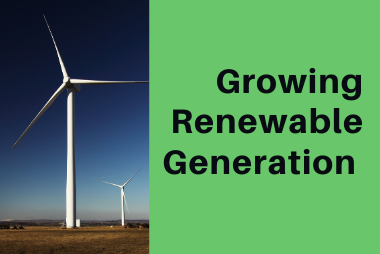Electricity prices for customers with rates that vary by time are typically highest when demand is highest.
Increased demand requires additional energy generation, which is traditionally provided by less efficient peaker plants that cost more to generate electricity than base load plants. In most areas, these demand peaks occur during the summer months in the afternoon hours. Demand is highest at this time because of increased air conditioning usage, combined with the fact that most commercial businesses are in full operation during the day.
Historically, time of use electric generation rates have been highest during summer weekday afternoons, which makes sense because of the above-mentioned circumstances surrounding air conditioning and commercial facility operations.
In some cases, this long-held tenant of pricing is changing. In some geographic regions, renewable energy sources, such as solar energy, are having a significant impact that is spurring change in traditional rate patterns.
The most discussed rate changes caused by solar generation sources are happening in California because it produces large amounts of solar energy. Solar generation is most abundant during summer weekday hours, which is also when demand in highest. Utilities no longer need to use peaking generation to serve this higher demand because solar generation can be used instead. In California, the highest rates are actually charged from 4 p.m. to 9 p.m. in summer months, when solar generation declines.
Not surprisingly, Rate Acuity has also found examples of rates significantly lower during the day than in the evening in Hawaii. For some commercial schedules, the lowest energy charge is found from 9 a.m. to 5 p.m., and the highest rate is charged from 5 to 10 p.m. when demand is still relatively high, but solar generation sources are no longer available. It is logical to assume that Hawaii may have similar demand and solar generation patterns as in California.
Interestingly, D.C. is an example of higher generation rates in the summer evenings than in the afternoons. For two of the Pepco commercial schedules, generation rates are lower from noon to 8 p.m. than they are from 8 p.m. to midnight during the summer.
As renewable energy generation sources become more prevalent in various regions of the country, RateAcuity expects to see this shifting pattern of highest generation costs in the evening rather than the afternoon moving forward.
